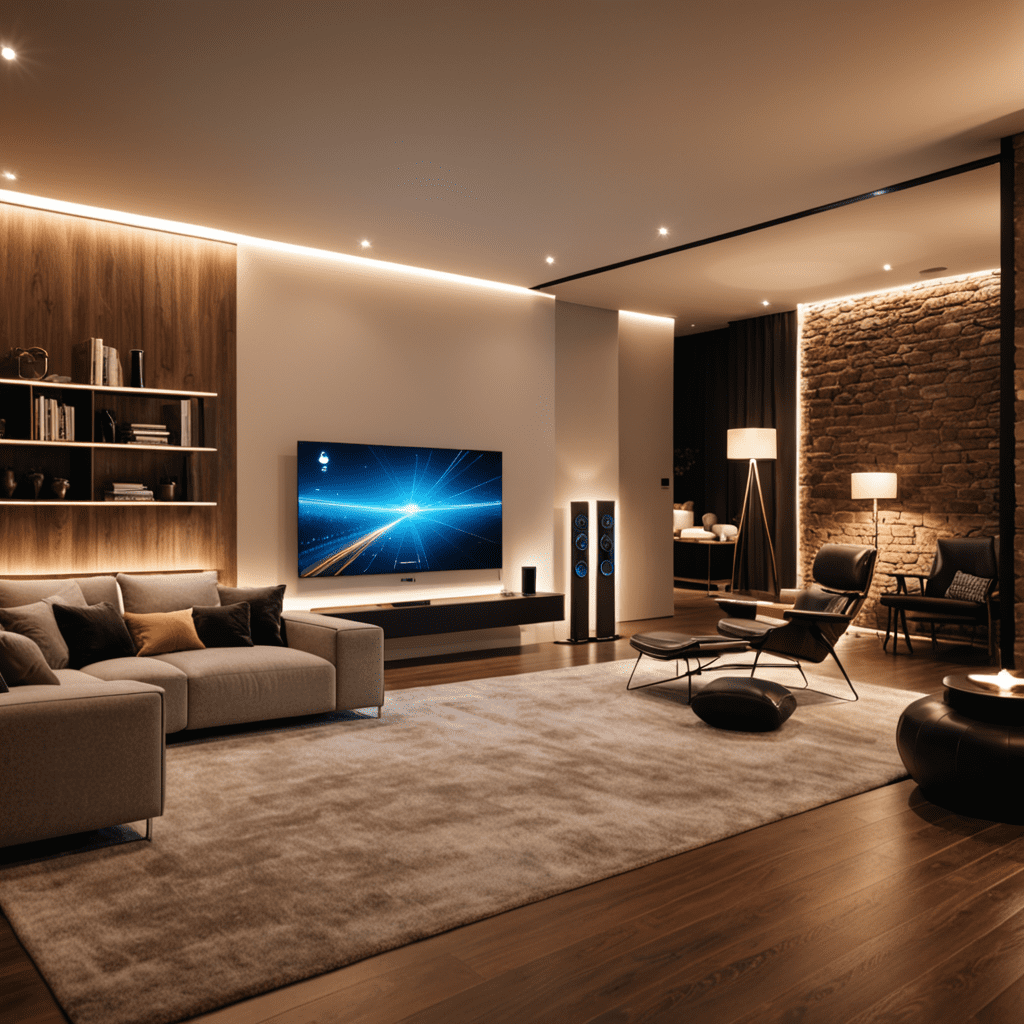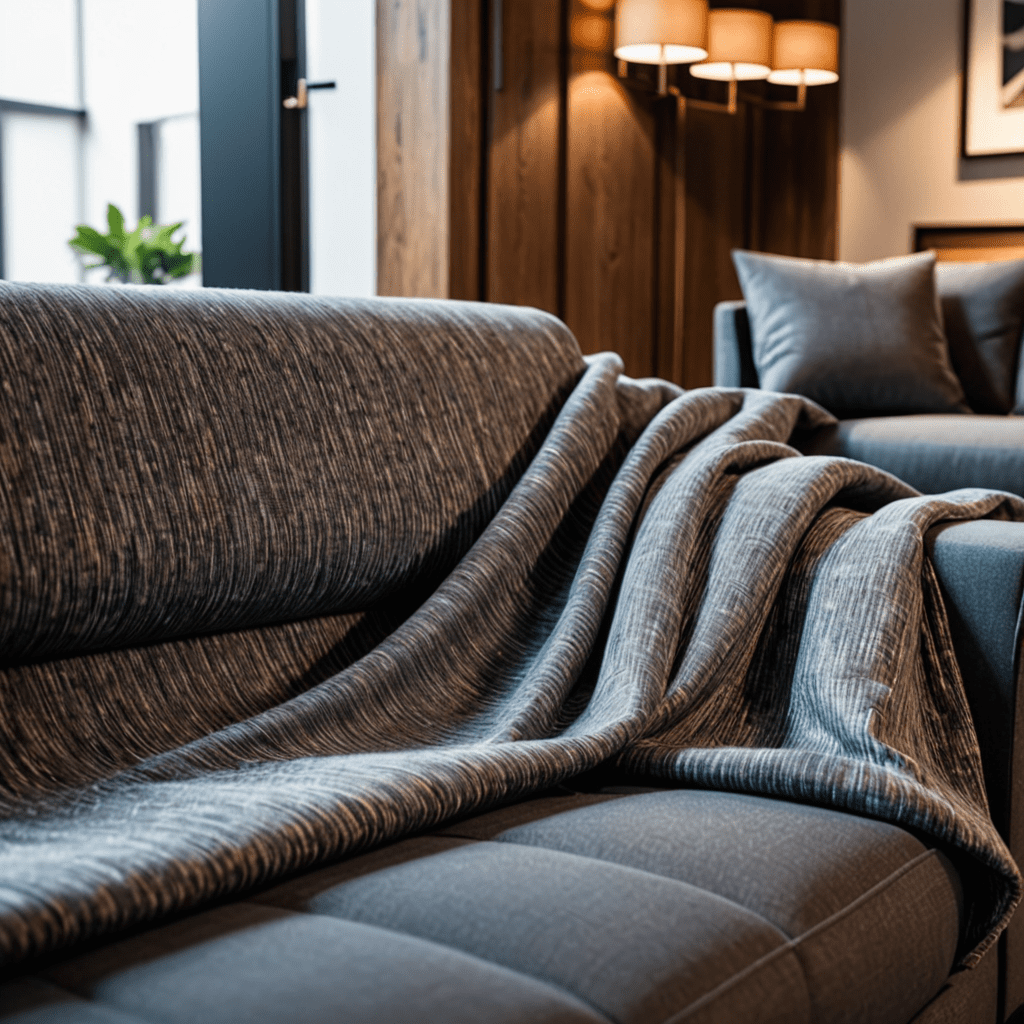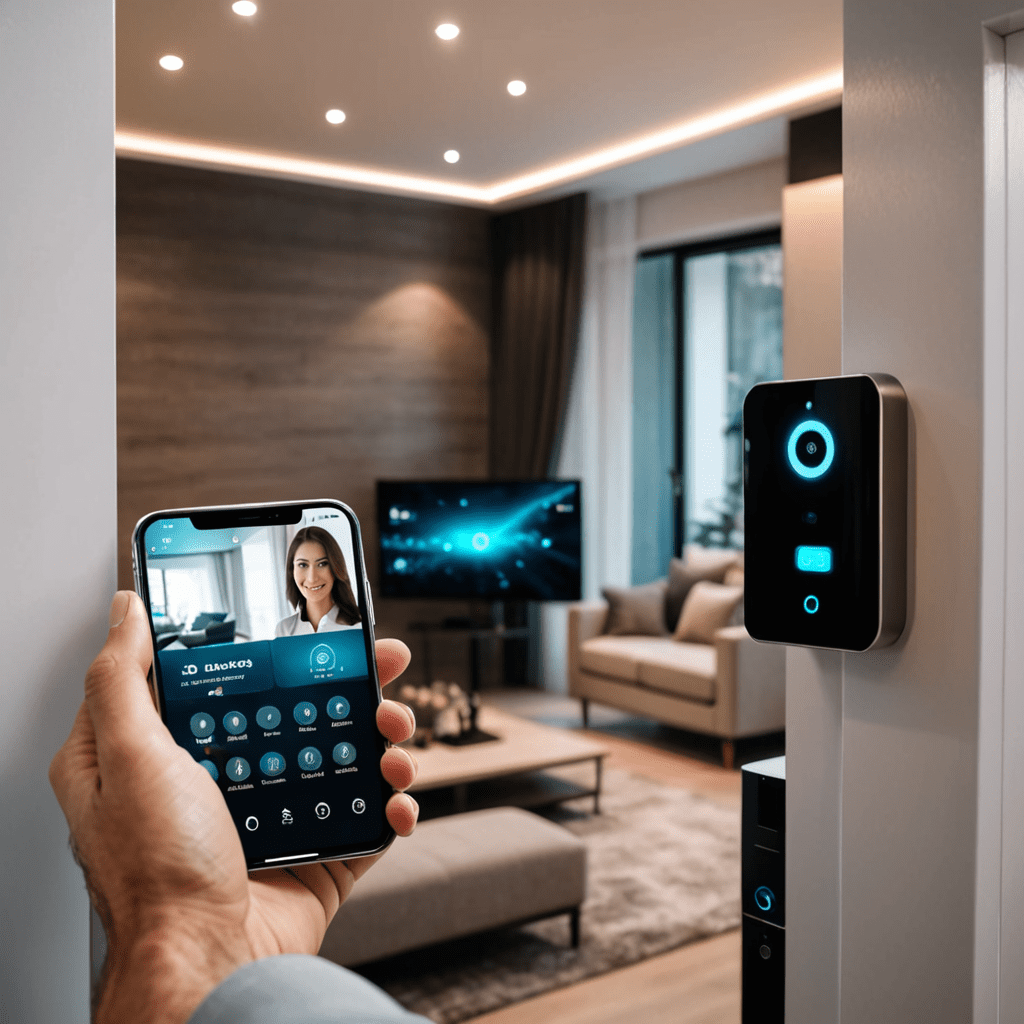Smart Home Innovations for Home Accessibility
Welcome to a new era of technological advancements that are revolutionizing the way we live. Smart home innovations have not only made our lives more convenient but have also opened up a world of possibilities for individuals with varying accessibility needs. In this blog post, we will explore how smart home technologies are enhancing home accessibility for people with disabilities and elderly individuals.
The Rise of Smart Home Technologies
Smart home technologies encompass a wide range of devices and systems that are interconnected to provide automation, control, and monitoring capabilities. These innovations are designed to make homes more efficient, secure, and user-friendly. From voice-activated assistants to smart thermostats, these technologies are now being leveraged to create inclusive environments for individuals with accessibility challenges.
Voice-Activated Assistants
One of the most transformative smart home innovations for accessibility is voice-activated assistants like Amazon Alexa and Google Assistant. These devices allow users to control various aspects of their home environment using voice commands. For individuals with mobility impairments or visual impairments, voice-activated assistants can serve as a powerful tool for independent living.
Smart Home Security Systems
Smart home security systems are not just about keeping intruders at bay; they also play a crucial role in enhancing home accessibility. Features such as video doorbells, smart locks, and motion sensors can provide peace of mind for individuals with disabilities or elderly individuals living alone. These systems can be integrated with voice commands for added convenience.
Smart Lighting Solutions
Lighting plays a vital role in home accessibility, especially for individuals with visual impairments. Smart lighting solutions, such as adjustable color temperature and brightness levels, can create a more comfortable and accessible living environment. Furthermore, automated lighting controls can be programmed to turn on and off based on motion detection or schedules, reducing the need for manual operation.
Home Automation for Comfort and Convenience
Home automation systems allow users to control a wide range of devices and appliances with a single touch or voice command. For individuals with mobility challenges, these systems can simplify daily tasks such as adjusting the thermostat, opening blinds, or turning on the TV. Customizable settings and personalized routines can further enhance the usability of these technologies.
Smart Home Monitoring and Alerts
Smart home monitoring systems can provide real-time alerts and notifications for various events within the home. For individuals with hearing impairments or memory issues, these systems can be invaluable in ensuring safety and security. From water leak detectors to smoke alarms, smart home monitoring devices offer peace of mind and timely alerts in case of emergencies.
Integration and Compatibility
One of the key aspects of successful home accessibility through smart technologies is integration and compatibility. Ensuring that different devices and systems can communicate and work together seamlessly is essential for a cohesive and user-friendly experience. Choosing products that support open standards and interoperability can help create a connected home environment that meets diverse accessibility needs.
Embracing smart home innovations for home accessibility is not just about embracing cutting-edge technology; it’s about creating inclusive and accessible living spaces for all. By leveraging these advancements, individuals with disabilities and elderly individuals can enjoy greater independence, safety, and quality of life within their homes.
Frequently Asked Questions about Smart Home Innovations for Home Accessibility
What are smart home innovations for home accessibility?
Smart home innovations for home accessibility refer to technologies and devices that help individuals with disabilities or limited mobility navigate and control various aspects of their living environment. These innovations aim to make homes more user-friendly and inclusive for people facing accessibility challenges.
How do smart home innovations improve accessibility?
Smart home innovations enhance accessibility by providing features such as voice-controlled devices, automated lighting, adjustable furniture, smart door locks, and sensor-based systems. These technologies enable individuals to control appliances, utilities, security systems, and other home functions more conveniently and independently.
What are some examples of smart home innovations for home accessibility?
Examples of smart home innovations for home accessibility include smart thermostats that regulate temperature through voice commands, automated blinds that can be controlled via smartphone apps, motion sensor lighting that illuminates pathways, and smart home assistants like Amazon Alexa or Google Home that can assist with daily tasks.
How can smart home innovations benefit individuals with disabilities?
Smart home innovations can significantly benefit individuals with disabilities by promoting independence, safety, and convenience. These technologies allow users to customize their living spaces to meet their specific needs, enhance mobility within the home, and improve overall quality of life by reducing physical barriers and simplifying daily tasks.



